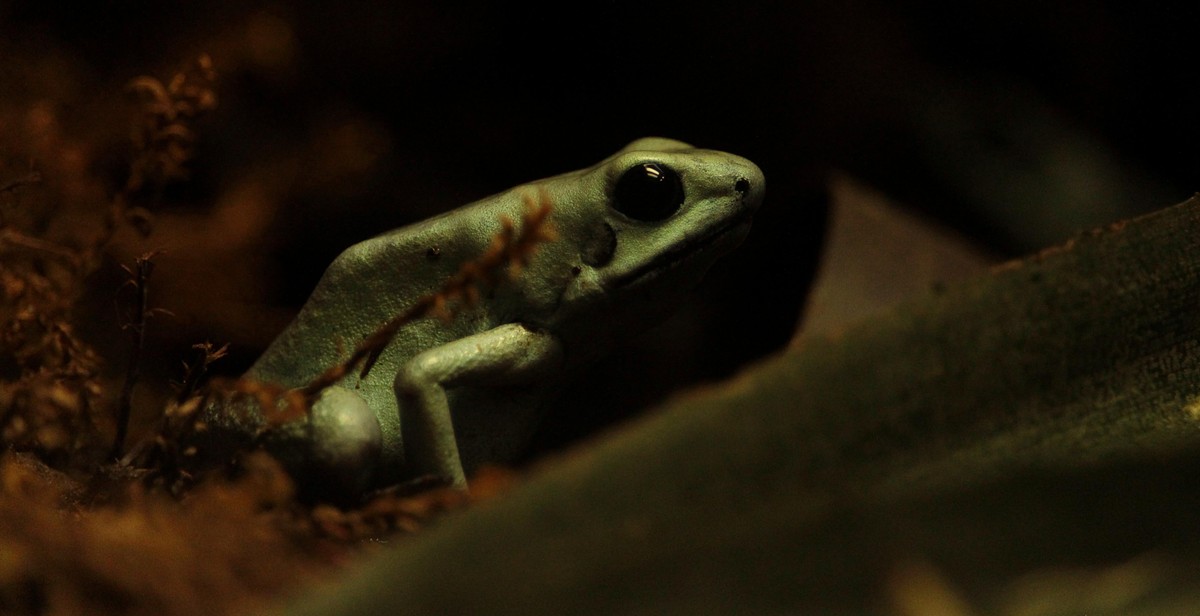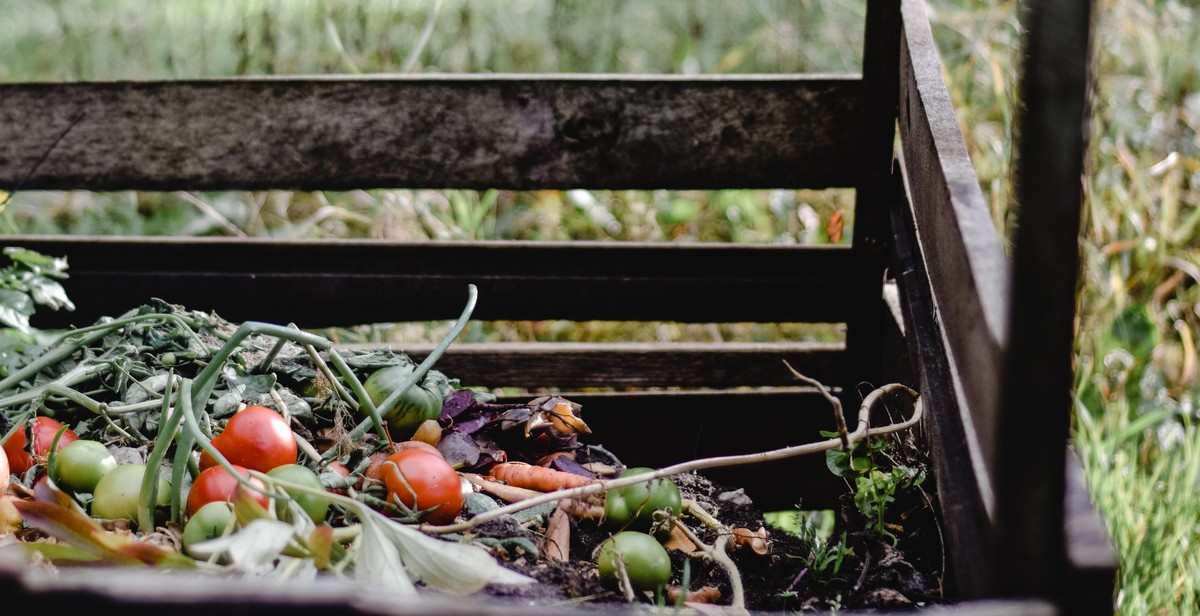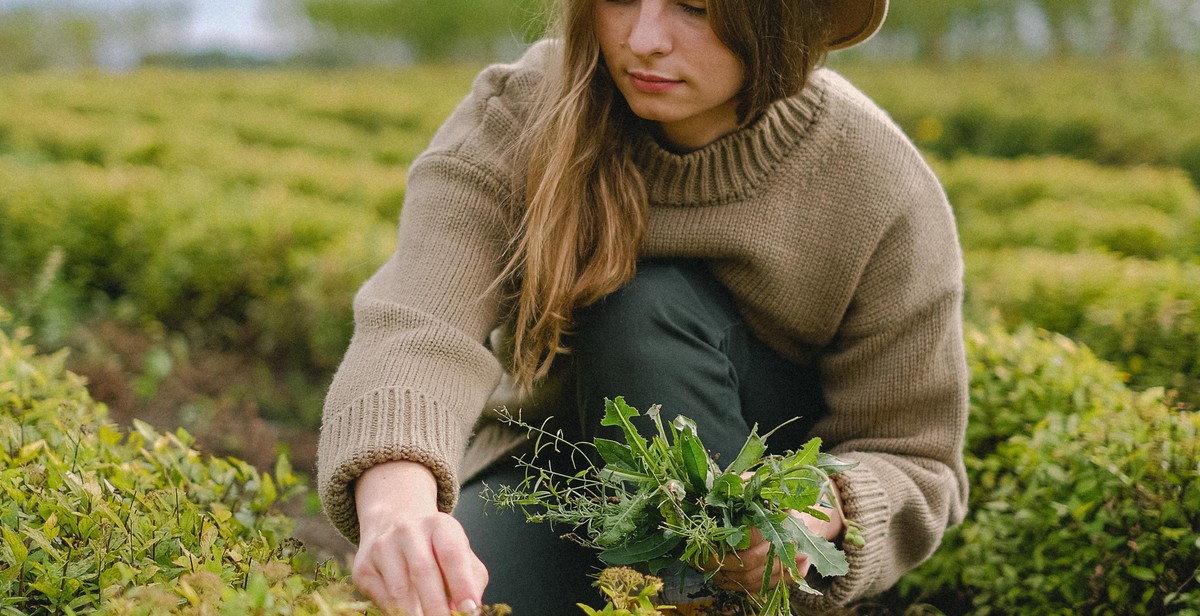How to Create a Frog-friendly Garden: Tips for Designing a Garden that Attracts Frogs
As a professional article writer and content creator, I’ve spent years learning about the importance of creating a healthy and sustainable environment for wildlife. One of the most fascinating creatures that I’ve come across is the humble frog. Not only are they incredibly cute and fascinating to watch, but they also play a vital role in our ecosystem.
Why Attracting Frogs to Your Garden is Important
Frogs are a crucial part of the food chain. They eat insects and other small creatures, which helps to keep the populations of these pests under control. Without frogs, we would be overrun by mosquitoes, flies, and other insects that carry diseases.
But frogs are more than just pest controllers. They also act as indicators of a healthy ecosystem. If you have a lot of frogs in your garden, it’s a sign that your environment is healthy and sustainable. Frogs are incredibly sensitive to changes in their environment, so if they’re thriving in your garden, it’s a good indication that you’re doing something right.
In this article, I’ll be sharing some tips on how to create a frog-friendly garden that will attract these fascinating creatures and help to support a healthy ecosystem.

Creating a Frog-Friendly Habitat
If you’re looking to create a garden that attracts frogs, there are a few key things you can do to create a frog-friendly habitat. Here are some tips:
Provide Water Sources
Frogs need water to survive, so it’s important to provide a water source in your garden. This could be a pond, a birdbath, or even a shallow dish filled with water. Make sure to keep the water source clean and free of debris, and avoid adding any chemicals or pesticides to the water.
Add Hiding Spots
Frogs like to have places to hide, especially during the day when they are most vulnerable to predators. You can create hiding spots in your garden by adding rocks, logs, and other natural materials that frogs can use for cover. You could also create a small pile of leaves or brush where frogs can hide.
Plant Native Vegetation
Frogs are attracted to gardens that have a variety of native plants. Native plants provide food and shelter for frogs, and they also help to maintain a healthy ecosystem. Some good choices for a frog-friendly garden include ferns, hostas, and native grasses.
Avoid Chemicals
Chemicals and pesticides can be harmful to frogs and other wildlife, so it’s important to avoid using them in your garden. Instead, try using natural pest control methods like companion planting, which involves planting certain plants together to deter pests.
By following these tips, you can create a garden that is not only beautiful but also attracts and supports a variety of frog species.

Designing Your Garden
Creating a frog-friendly garden requires more than just planting some flowers and shrubs. You need to carefully plan your layout and consider the behavior of your amphibian friends. Here are some tips for designing a garden that attracts frogs:
Plan Your Layout
Before you start planting, think about the layout of your garden. Frogs need a variety of habitats to thrive, so consider incorporating different areas for them to live in. For example, you can include a pond, a rock garden, and a section of tall grasses. Make sure there is enough space for frogs to move around and access different areas of the garden.
Consider Frog Behavior
When designing your garden, it’s important to consider the behavior of frogs. They like to hide in dark, moist spaces, so include plenty of ground cover, such as leaf litter and mulch. You can also create hiding spots by incorporating rocks and logs into your garden. Additionally, frogs need water to survive, so make sure you have a water source, such as a pond or a shallow dish, in your garden.
Create a Variety of Microclimates
Frogs thrive in a variety of microclimates, so try to create different areas in your garden that offer different conditions. For example, you can include a sunny area for basking, a shady area for hiding, and a damp area for breeding. By creating a variety of microclimates, you can attract different types of frogs to your garden.
Add Decorative Elements
In addition to providing the right habitats, you can also add decorative elements to your garden that will attract frogs. For example, you can include a statue or a painting of a frog, or you can incorporate frog-themed decor such as stepping stones or wind chimes. These decorative elements can help create a welcoming environment for frogs.
| Tip: | When designing your garden, avoid using pesticides and herbicides, as these can be harmful to frogs and other wildlife. |
|---|

Maintenance Tips for a Frog-friendly Garden
Creating a frog-friendly garden is not just about designing the perfect habitat for these amphibians. Regular maintenance is also crucial to ensure that your garden remains a healthy environment for them. Here are some tips to keep your garden in top condition:
Regularly Clean and Maintain Water Sources
Frogs need a clean and healthy water source to survive. Make sure to regularly clean and maintain any water features in your garden, such as ponds or birdbaths. Remove any debris or fallen leaves that may accumulate in the water, as these can create a breeding ground for harmful bacteria and insects. You can also add a small pump or aerator to keep the water moving and prevent stagnation.
Weed and Prune Regularly
A well-maintained garden not only looks better, but it also helps to prevent the spread of diseases and pests. Regularly weed and prune your garden to keep it healthy and free from unwanted plants. This will also help to prevent overcrowding, which can lead to competition for resources and a decline in the overall health of your garden.
Avoid Over-Fertilizing
While fertilizing your garden can help to promote healthy growth, too much fertilizer can be harmful to frogs and other wildlife. Over-fertilization can lead to an increase in algae growth, which can deplete oxygen levels in the water and harm aquatic life. Use organic fertilizers sparingly and follow the recommended application rates to maintain a healthy balance in your garden.
| Tip | Summary |
|---|---|
| Regularly clean and maintain water sources | Remove debris and add a pump or aerator to prevent stagnation |
| Weed and prune regularly | Prevent the spread of diseases and pests, and avoid overcrowding |
| Avoid over-fertilizing | Use organic fertilizers sparingly and follow recommended application rates |
By following these maintenance tips, you can create a healthy and thriving environment for frogs in your garden. Remember to regularly monitor your garden and make any necessary adjustments to ensure that it remains a safe and welcoming habitat for these amazing creatures.

Conclusion
In conclusion, creating a frog-friendly garden is not only beneficial for the frogs but also for the environment as a whole. By following the tips outlined in this article, you can create a garden that provides a habitat for frogs and other wildlife.
Benefits of a Frog-friendly Garden
A frog-friendly garden provides several benefits, including:
- Helping to maintain a healthy ecosystem
- Reducing the need for pesticides and other harmful chemicals
- Attracting other beneficial wildlife to your garden
- Improving the overall aesthetics of your garden
Final Thoughts
As a professional article writer and content creator with years of experience, I highly recommend creating a frog-friendly garden. Not only is it a great way to help the environment, but it can also be a fun and rewarding project for you and your family.
Remember to provide a variety of habitats for frogs, including water features, plants, and shelter. Also, be mindful of the use of pesticides and other chemicals in your garden, as they can be harmful to frogs and other wildlife.
With a little bit of effort and planning, you can create a beautiful and welcoming garden for frogs and other wildlife to call home.
